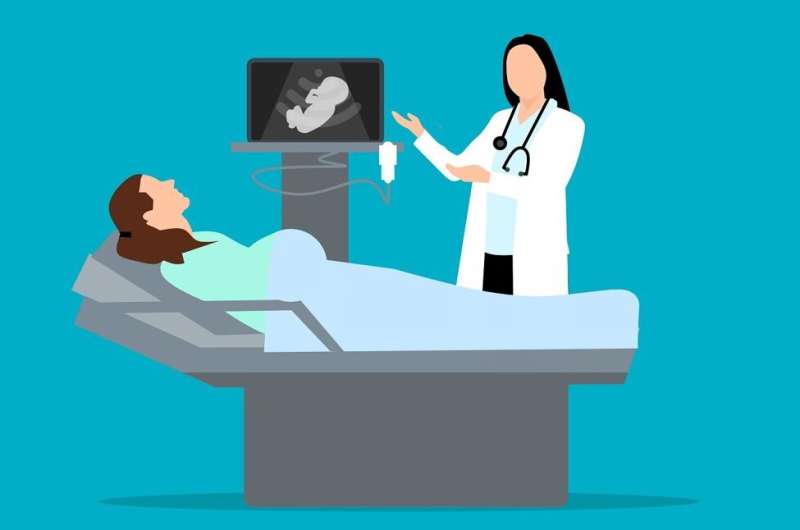Student-Led Study Links Ocean Swimming to Increased Risk of Urinary Tract Infections

Recent research from UC Berkeley links recreational ocean swimming, especially farther in the water, with increased risk of urinary tract infections due to E. coli contamination. The study highlights environmental pollution's impact on health and the importance of infrastructure improvements.
A recent investigation led by students from the University of California, Berkeley, has highlighted a potential health risk associated with recreational ocean swimming. Conducted during the summer of 2022 at Santa Cruz beaches, the study found that swimming in the ocean is correlated with a higher incidence of urinary tract infections (UTIs). Researchers approached women at three beaches—Cowell Beach, Santa Cruz Main Beach, and Seabright State Beach—asking for their participation in surveys about ocean activity and health outcomes.
The team observed that women who swam farther into the ocean or swallowed seawater were more likely to report UTI symptoms within the following days. Water samples revealed contamination with E. coli bacteria—a significant finding since uropathogenic E. coli are the primary cause of UTIs. These bacteria often enter recreational waters due to untreated sewage runoff, especially after heavy rainfall or flooding, overwhelming wastewater treatment systems.
Klashman, who led the research, was motivated by previous evidence suggesting environmental contamination rather than personal hygiene as contributors to UTIs. Collaborating with local environmental agencies, the study involved active beachside recruitment, surveys, and water testing over a 12-week period. Despite recruitment challenges linked to the political sensitivity around women's health and water pollution, the findings were conclusive: more water exposure increased the risk of UTIs, diarrhea, and other infections.
Graham and Klashman emphasized that infrastructure deficiencies—particularly aging sewage and wastewater systems—are major contributors to bacterial contamination. Variables like wildlife, septic tank overflow, and occasional systemic failures exacerbate the problem, often worsened by climate-induced flooding.
This research suggests that better infrastructure maintenance and upgrades are essential to minimize health risks. Moreover, the team advocates for further molecular analysis to confirm whether bacteria found in water match those causing UTIs, which could strengthen the evidence for causal relationships.
Klashman underscores the importance of ongoing research into environmental factors affecting health. Future studies aim to deepen understanding of how these bacteria proliferate and influence human disease, providing insights necessary for policy changes and infrastructure investments that protect public health.
Source: https://medicalxpress.com/news/2025-08-student-link-ocean-urinary-tract.html
Stay Updated with Mia's Feed
Get the latest health & wellness insights delivered straight to your inbox.
Related Articles
Rethinking Abortion Laws: The Limitations of Fetal Viability Focus and Women's Real Experiences
This article examines how laws based on fetal viability often miss the mark in addressing women's real experiences and needs during pregnancy and abortion decisions.
The Impact of Depression on Diabetes Management and Costs
New research reveals that depression significantly worsens blood sugar control in diabetes patients, leading to higher healthcare costs and emphasizing the importance of integrated mental and physical health care.
Innovative Molecular Degraders Offer New Hope for Aggressive Breast Cancer Treatment
Scientists have developed innovative molecular degraders that target the 'undruggable' RNA-binding protein HuR, offering promising new treatments for aggressive breast cancer and other diseases.



